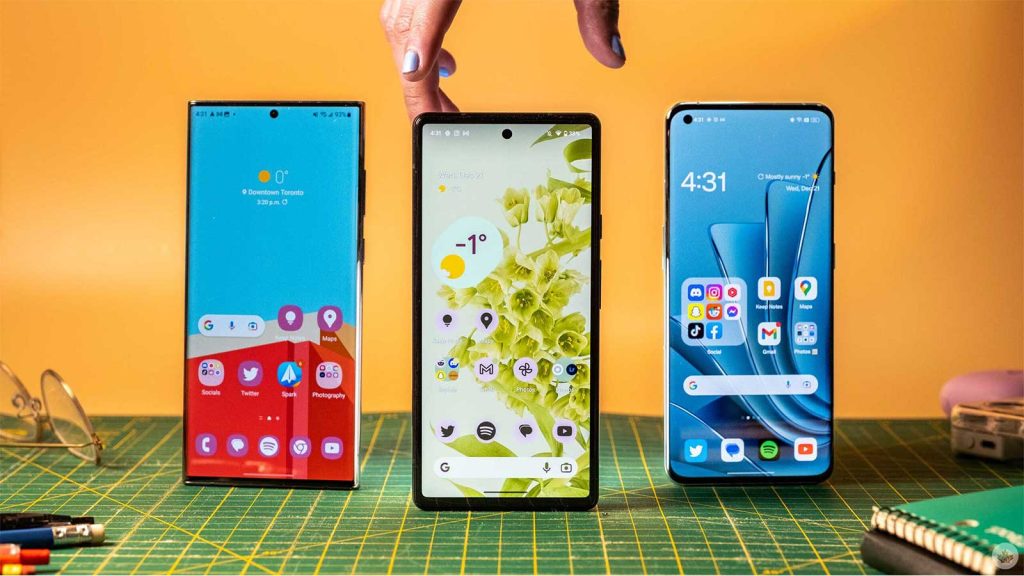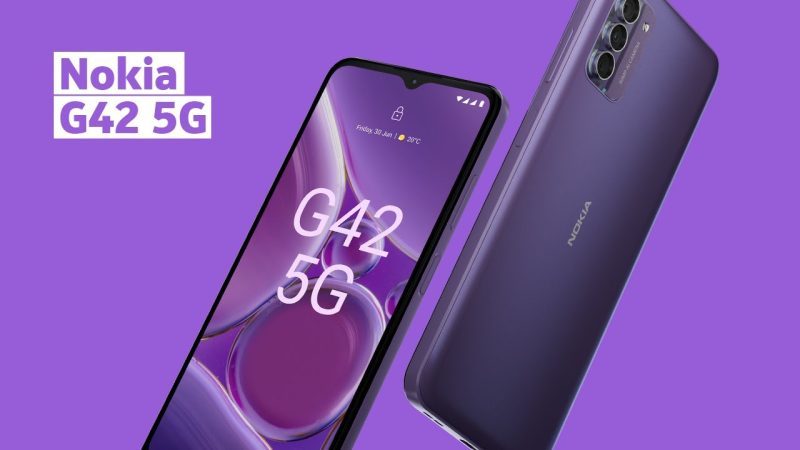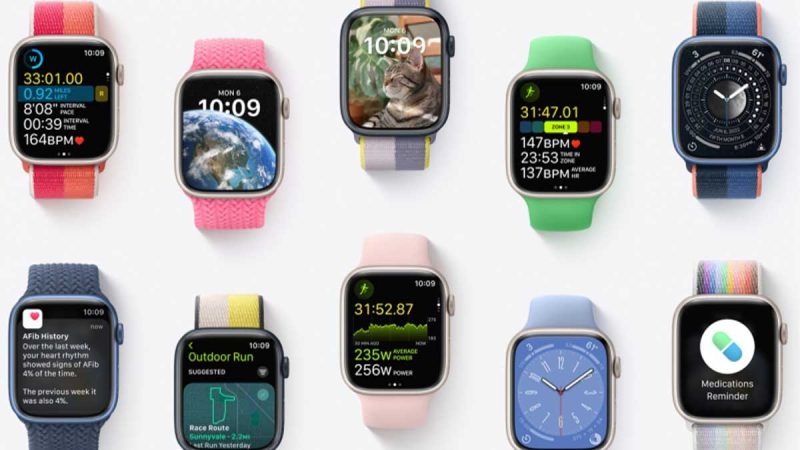Ways To Free Up Space on Android

After using an Android phone for a while, it’s simple to observe as the storage space is gradually filled with pictures, videos, and downloaded files. You can take some of that storage space back by doing certain things.

Clear out Storage
Every Android device has a “Storage” section in the Settings menu of some kind. You can check the amount of space left on your Android smartphone or tablet as well as the items taking up the most space here. Some devices come with some useful cleaning tools as well.
On a Samsung Galaxy device, you’ll need to go to Settings > Battery & Device Care > Storage. For Google Pixel and most other Android devices, it’s simply at Settings > Storage. You can view the storage usage by various categories, including photos, videos, audio, documents, apps, and more.
The Google Files app on Google Pixel devices has a shortcut to “Free Up Space,” which we’ll discuss in more detail below. Samsung actually lists files, such as “Duplicate Files” and “Large Files,” that you can remove to free up space. You should frequently check the “Storage” section to clean it out.
Utilize Google Files to free up space
Some Android phones come preinstalled with “Files by Google.” You can download it from the Play Store if it isn’t already there. It has a feature that can automatically recognize items that can be deleted from your phone to free up storage, which makes it even more useful.
Open Files by Google and switch over to the “Clean” tab at the bottom.
The progress bar showing how much storage space you’ve used will be the first thing you see. Google has automatically recommended files that you can delete below in order to free up storage space. Examples include duplicate files, screenshots, and already-backed-up Google Photos images.
Temporary files, such as cached files for apps, fall under the “Junk Files” category. Because these must be re-downloaded, deleting them may result in increased battery and data usage.
Simply tap “Select Files” to browse through and select the items you want to delete for the remaining categories.
That’s basically it! Google Files is a useful app for keeping track of your storage usage.
Delete unwanted Downloads on Android
Downloads can quickly accumulate. There’s a lot of stuff that ends up in your Android device’s “Downloads” folder, whether it’s ringtones, Facebook memes, photos to send friends, or PDFs for work.
The Downloads folder is accessible via the File Manager app of your choice. The app is called “My Files” on Samsung Galaxy devices. Files by Google is preinstalled on Google Pixel devices.
Once you’ve located the “Downloads” folder, all you have to do is select the files you want to get rid of and tap the trash icon.
You can easily accumulate items you don’t need in the Downloads folder. Keeping it organized can ease your storage problems.
Clear the Cache
As you use an app, temporary files known as “cache” are downloaded. When you don’t have a reliable data connection, these files help apps operate more quickly and load content. You can remove cache files to free up storage space without significantly impacting the app.
- Depending on your phone, swipe down from the top of the screen once or twice, then tap the gear icon to begin.
- Now go to the “Apps” section in the Settings app.
- A list of every app that is installed on your Android device will appear; you might need to expand the list to see it all. Locate the problematic app, then tap it.
- Select “Storage & Cache” or just “Storage” from the App Info page.
- There are two options here—“Clear Data” and “Clear Cache.” We want the latter. “Clear Storage” will essentially reset the app.
The amount of cache listed on the page will drop to zero right away as the cache is immediately cleared.
This method can be used to clear the cache for any app. It is possible to clear the cache from within browser apps like Chrome, Edge, and Firefox.
Empty out your Trash
Android lacks a system-wide “Trash” or “Recycle Bin,” in contrast to what you’re probably used to on Windows. Instead, it’s managed by the apps themselves, which is where you’ll need to go to empty the trash.
Your File Manager app is the most frequent location where you might want to empty the trash. We’ll demonstrate how to access the trash in the “My Files” and “Files by Google” apps from Samsung.
Simply scroll to the bottom of the “My Files” app, which comes preinstalled on most Android devices, to find “Trash.”
You can now select the items you want to delete by tapping “Edit,” then tap the trash can icon to permanently delete them.
The “Trash” option is located in the hamburger menu on the top left of the “Files by Google” app.
From here, you can pick specific items or tap “All Items” and choose “Delete” to get rid of everything at once.
File Manager apps typically delete trash after 30 days. However, you can go in and manually remove the files whenever you want.
Uninstall Unused Apps
It should come as no surprise that apps use a lot of storage space on Android devices. The app files themselves take up space, and they also accumulate additional files throughout installation and use. So, among other things, clearing up storage space is a reason to get rid of apps that are no longer in use.
The good news is that removing Android apps from the Google Play Store is incredibly simple.
- Tap your profile icon and select “Manage Apps & Device.”
- Switch to the “Manage” tab and check the box next to any app you’d like to uninstall, then tap the trash icon in the top right.
It’s a good idea to delete any apps you aren’t using anymore, even if you don’t need more storage space.
Move Photos and Videos to the Cloud
It might be time to embrace the cloud if you’ve reached the point where you feel there is nothing else you can delete to free up space on your device. It can be very space-efficient to store pictures and videos in services like Google Photos, Dropbox, or OneDrive.
Google Photos is one of the best apps from Google. It has a ton of helpful features, and the auto-backup feature performs admirably. An upload quality that works for you and your storage plan can be chosen. The bad news is that Google Photos storage space may also need to be managed.
However, using a cloud storage app has some additional drawbacks. To begin with, you’ll probably have to make a payment for a storage plan at some point. Perhaps more significantly, a third party will have access to your media, which raises privacy and dependability issues.
Is using an SD Card an option?
If you’re lucky, there might be a way to increase the storage on your Android device without switching to the cloud. SD card slots are still present on some Android devices. Although SD card slots are no longer a common feature on most devices, they are still around.
In today’s market, micro SD cards are less expensive. For less than $20, you can get a 128GB micro SD card, which will more than double your current storage capacity. You can transfer files and even apps to the SD card once you have it to increase your internal storage capacity.
In the end, these tricks can only go so far, so make sure your next Android phone has enough storage to hold all of your files, photos, and videos. However, if you’re in a bind, these tips should enable you to find a little extra room for the important items.




